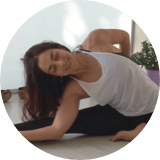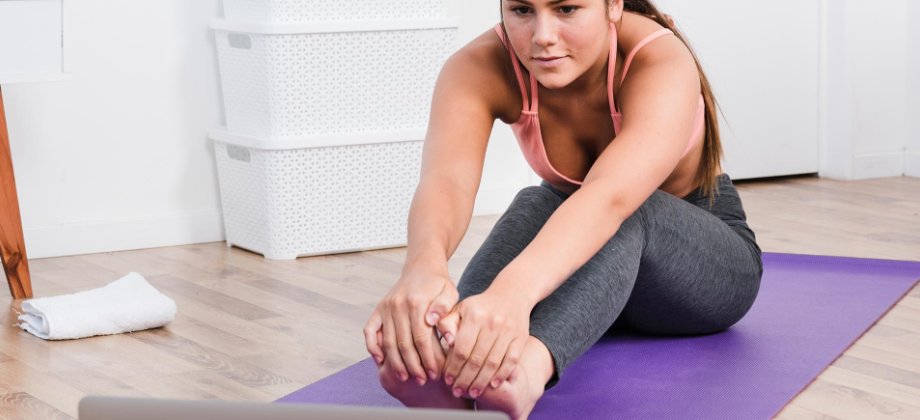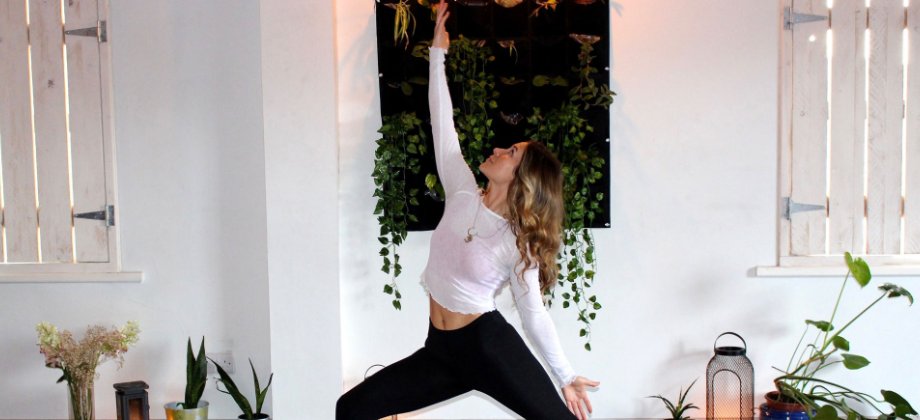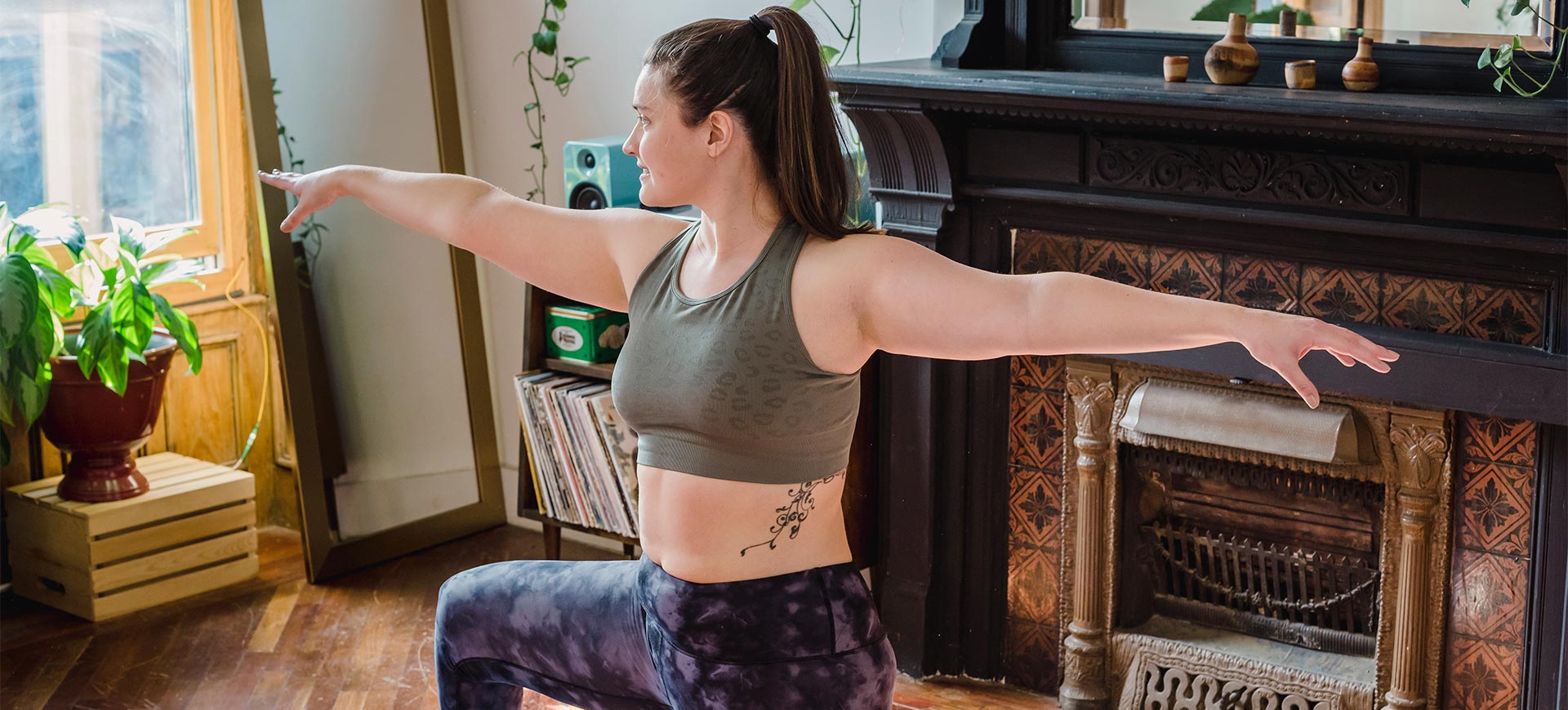
Yoga Classes going Hybrid: A New Challenge or a New Opportunity?
COVID-19 has undoubtedly turned our lives upside down. Over the past year, people all over the world had to come to terms with a life on pause, not being able to work, travel or make any plans for the future. And during these difficult and unpredictable times, the only option we had was to adapt. And to do it fast.
The world of yoga did not remain unaffected either. Yoga studios closed overnight. And many yoga teachers and studio owners had only one option, if they wanted to keep their businesses running; teaching online classes.
Going online wasn’t easy at first, as all this was new to most of us. And for many people – both teachers and students – online yoga classes could never possibly work. But, after getting used to it and making it work, it saved many of us from shutting down once and for all.
Online yoga classes have now become a part of our lives, and they are undoubtedly here to stay. Now, with studios gradually opening their doors, the new idea on the table is hybrid yoga classes. Not the ones that bring the practice of yoga together with other styles of exercise, but those that combine online and offline teaching.
Let’s have a deeper look at this new concept and all the advantages and disadvantages it comes with.
They give you the opportunity to go back to teaching your beloved in-person classes, without leaving anyone out.
What exactly are hybrid yoga classes?
Hybrid teaching refers to teaching yoga online and in-person at the same time. It’s about teaching an in-person class, while offering people the opportunity to attend your class online.
If this sounds a bit strange to you, you are not alone. When I was first introduced to the idea, all kinds of resistance came up. But, as I didn’t really have much choice, I just went with the flow. There’s a first time for everything, right? And the first few minutes of my first time felt kind of chaotic. Then, all of a sudden, all anxiety went away and everything turned out fine.
Hybrid teaching surely comes with its difficulties. But it also introduces a great new opportunity for us yoga teachers.
The Pros
The fact that we are discussing hybrid classes in the first place shows that there is a need that must be met. And it is related to having the widest audience possible.
Yoga studios around the world are slowly reopening. But with the social distancing measures still applying in most countries, only a small number of students are actually able to attend group classes. For a yoga studio owner, this means less subscriptions, and, therefore, less income. And with the operating expenses remaining unchanged, the situation can’t go on like this for too long.
Hybrid classes clearly allow for reaching a broader audience, while following the social distancing restrictions and, most importantly, keeping both you and your students safe. They give you the opportunity to go back to teaching your beloved in-person classes, without leaving anyone out, as the students that aren’t able to attend your group class, can easily join you online, from the safety of their own space.
The broader reach that hybrid teaching promises can prove to be a lifesaver for yoga businesses that would otherwise struggle to maintain a viable income. Despite that, teaching hybrid yoga classes is probably the only way to keep everyone happy at the time being. Lots of people might not feel safe to return to the studio yet or may find online classes more convenient, and even those who do want to attend in-person classes might sometimes not be able to find a free spot. These two reasons perfectly explain hybrid teaching’s rising popularity.
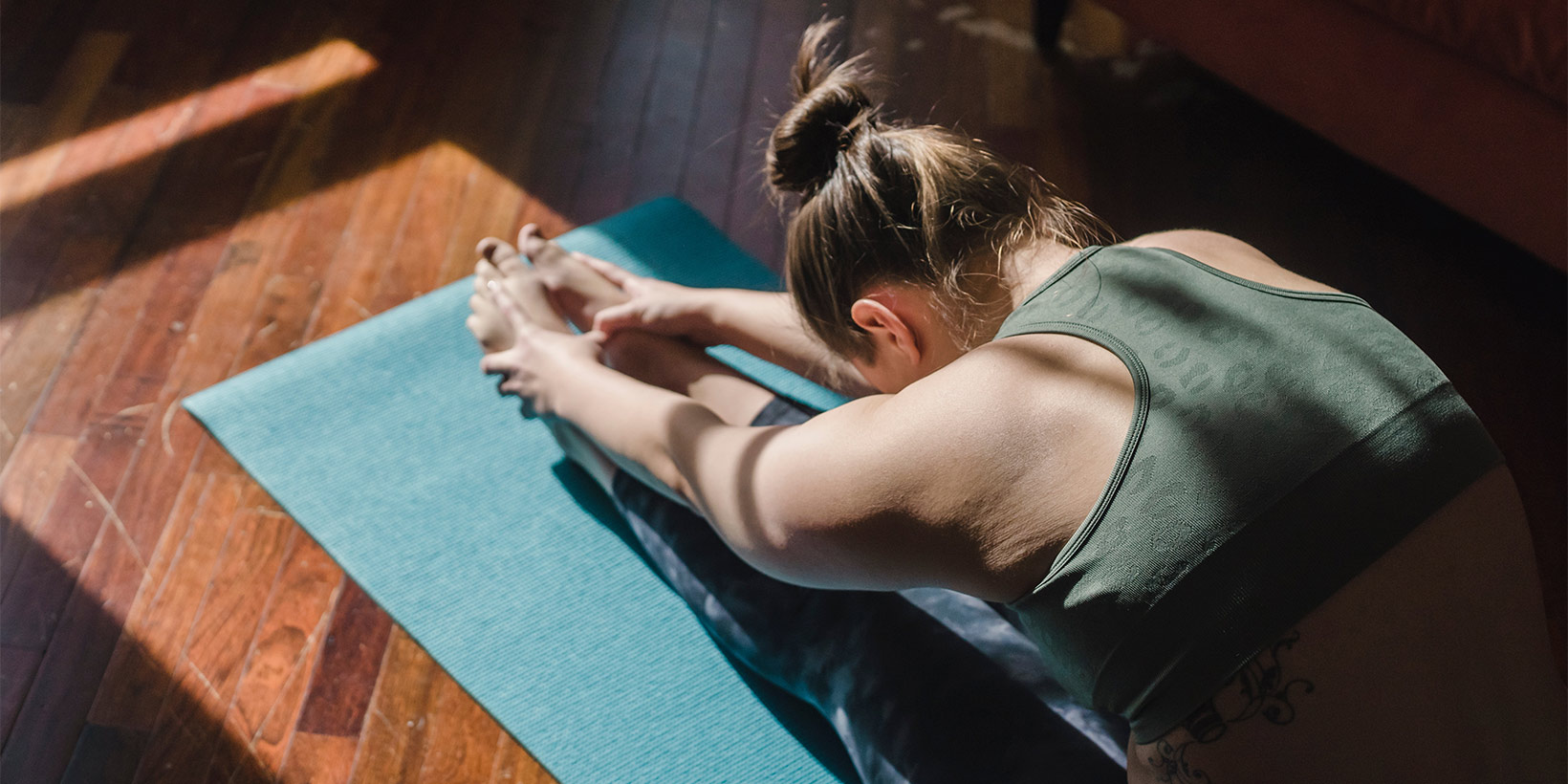
The Cons
Hybrid classes can be a great solution at the moment, but they also have some pitfalls. First of all, it can be very hard for teachers to pay attention to what everyone is doing, both in the classroom and online at the same time. And I guess that our frustration can show.
The truth is that more or less all students – especially beginners – want to know that their teacher is keeping an eye on them. When you have to divide your attention into two different groups of students, someone next to you or among the ones in your laptop’s screen can easily feel neglected. Could this mean that with hybrid classes we are compromising quality over quantity? Well, if we don’t give our best, the answer could possibly be yes.
At the same time, the technical part of teaching online can be challenging for many yoga teachers. Not everyone is a digital native. And some people struggle to adapt.
And, finally, hybrid teaching requires a lot of demonstration on the mat. If you, like me, love leaving your mat and walking among your students to assist them during class, with hybrid classes you’ll have to fight this urge and be more creative in how you are going to interact with your students.
Things you should keep in mind
By reading so far, you probably already have decided if hybrid teaching is for you. And if you’re about to give it a try, there are certain things you should take into account.
First, you need to make sure you have a good internet connection at your studio, and sufficient video and audio quality. Regarding your set-up, all you need is your laptop and something to put it on, so that your students can have full view. Make sure your space is well-lit and avoid placing your mat in front of a window, as your students will only be able to see your silhouette.
Another thing you should be careful with is the volume of your music during class. You certainly want to create a welcoming atmosphere, but you need to make sure that the music isn’t covering your voice.
Finally, and probably most importantly; if any of your students in class are about to be seen on camera, you need to have their consent.
Looking for more tips to make your hybrid classes a success? Have a look at our Guide to Teaching Hybrid Yoga Classes or learn how you can create hybrid classes with Momoyoga!
